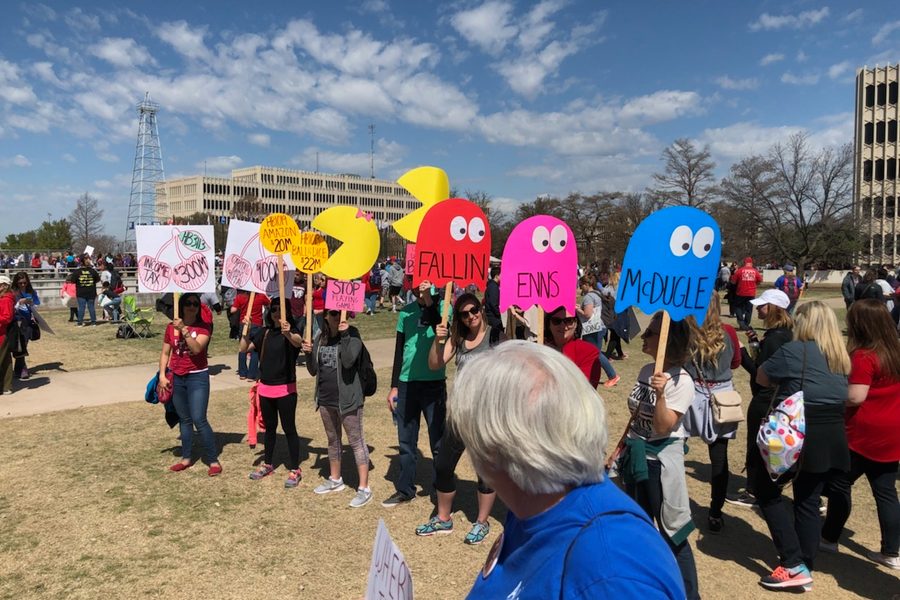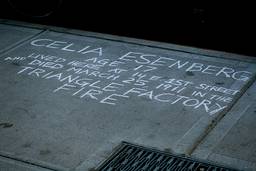
Education has been consuming a great deal of attention of late. There have been two major articles in the New York Times in the past few months. Schools are dealing with body-blow-like budget cuts, the demands of No Child Left Behind and the Obama Administration’s focus on Race to the Top.
Charters and high-stakes testing are the new normal. Teachers, and especially their unions (both the American Federation of Teachers and the National Education Association) are now widely seen as obstacles to reform: The teacher unions are holding back change, hurting our kids.
The cover story in Sunday’s NYT Magazine depicts a circle of national reformers who have vilified the union and see collective bargaining as the enemy. How did we get here? When did teachers become the problem? Yes, there have always been problem teachers (we have either had one or have had children who have). But by most evidence, teachers by and large are good, dedicated and caring.
It has got to stink being a teacher these days, especially one in an underperforming urban district. Mandated testing, lack of resources and precarious job security are constant. Teachers in many states are waiting for pink slips, watching state budgets and hoping for the best. Pundits are demanding that tenure be abolished and the workday lengthened.
What is missing from this conversation is a historically informed understanding of teaching. Teachers, as history tells us, were for many, many years underpaid and unprofessional. In the 20th century, they marched to professionalization, and with that improved schools and their own economic situations.
Today we stand at a crossroads. Diane Ravitch, in her new book The Death and Life of the Great American School System: How Testing and Choice Are Undermining Education, has traced the decline of teachers to mere functionaries. Ravitch, as you may have heard, had been not just a cheerleader and active policy wonk for testing and charters, but a George H.W. Bush undersecretary of education. In her new book she does an about-face.
Ravitch worries about what is lost: We have traded curriculum for testing, but what are we really testing for? She calls for a return to a time when teachers were intellectuals, informed professionals, and where there was a public consensus on the importance of public education.
Are we too late? As the charter schools movement grows, funded by a handful of huge foundations that Ravitch calls “the Billionaire Boy’s Club,” and public funding and support of education wanes, we are in serious jeopardy of loosing it all. Ravitch is right; we have lost faith in education as a social and economic necessity.
But, did we ever really have it? Ravitch does not want to return to some mystical past where things were better. She is too smart to realize that place does not exist. But what did exist is an excited and far-reaching public debate that had meaning. I too hope we can have such a meaningful discussion. Without it, we are doomed to continued failing schools, whole scale disinvestment in education and a permanent underclass.








